Creating a beautiful and functional backyard doesn’t have to be overwhelming or expensive. With a few beginner-friendly landscaping ideas, you can transform your yard into an inviting outdoor space perfect for relaxation, entertainment, and enjoyment. This guide provides simple and practical tips for novice gardeners to enhance their backyard with a mix of plants, hardscape elements, and thoughtful design.
Getting Started: Planning Your Landscape
Assess Your Space
Begin by assessing your backyard to understand its strengths and limitations. Take note of sun exposure, soil type, existing plants, and the overall layout. Understanding these factors will help you make informed decisions about plant selection and placement.
Define Your Goals
Consider how you want to use your backyard. Do you envision a space for entertaining, a tranquil retreat, a play area for kids, or a garden for growing vegetables? Defining your goals will guide your design choices and ensure your backyard meets your needs.
Create a Budget
Set a realistic budget for your landscaping project. Prioritize essential elements and consider what you can accomplish yourself versus what might require professional assistance. Keep in mind that many effective changes can be made on a limited budget with a bit of creativity and effort.
Beginner-Friendly Planting Ideas
Choose Low-Maintenance Plants
Opt for plants that are easy to care for and suited to your climate. Native plants are an excellent choice as they are well-adapted to local conditions and typically require less water and maintenance.
Start with Perennials
Perennials return year after year, making them a cost-effective and low-maintenance option for beginners. Some popular and easy-to-grow perennials include:
- Lavender: Known for its fragrant flowers and drought tolerance.
- Hostas: Ideal for shady areas with their lush, green foliage.
- Black-eyed Susans: Bright, cheerful flowers that thrive in full sun.
Incorporate Shrubs and Small Trees
Shrubs and small trees add structure and height to your garden. They require less frequent planting and provide year-round interest. Consider planting:
- Hydrangeas: Beautiful flowering shrubs that are relatively easy to maintain.
- Boxwood: Evergreen shrubs that can be shaped into hedges or topiaries.
- Japanese Maple: Small ornamental trees with stunning foliage.
Use Mulch for Weed Control
Mulching your garden beds helps retain moisture, suppress weeds, and improve the overall appearance of your landscape. Apply a 2-3 inch layer of organic mulch, such as bark or wood chips, around your plants.
Simple Hardscaping Elements
Create Functional Pathways
Define the flow of your backyard by creating pathways that connect different areas. Gravel, stepping stones, or simple pavers are affordable and easy-to-install options that add both function and aesthetic appeal.
Build a Small Patio or Deck
A patio or deck provides a space for outdoor furniture, creating an area for dining, lounging, or entertaining. Kits are available for easy installation, or you can use pavers, concrete slabs, or wooden decking.
Add a Fire Pit
A fire pit serves as a focal point and extends the usability of your backyard into cooler evenings. Choose a portable model or build a simple DIY fire pit with bricks or stones.
Install Garden Edging
Garden edging helps define garden beds and pathways, giving your landscape a polished look. Options range from plastic or metal edging to natural materials like stones or bricks.
Design Tips for a Cohesive Look
Create Zones
Divide your backyard into functional zones, such as a dining area, a lounging area, and a garden. Use plants, hardscape elements, and outdoor furniture to define these spaces.
Use Repetition
Repetition of plants, colors, and materials creates a cohesive and harmonious look. Repeat key elements throughout your landscape to unify the design.
Layer Your Plants
Layering plants of different heights adds depth and interest to your garden. Place taller plants in the back and shorter plants in the front, creating a natural progression.
Add Vertical Elements
Incorporate vertical elements such as trellises, arbors, or hanging planters to maximize space and add visual interest. Climbing plants like clematis or morning glories can quickly cover these structures with lush greenery.
Practical Maintenance Tips
Watering
Establish a regular watering schedule, especially for newly planted areas. Water deeply and less frequently to encourage deep root growth. Consider using a drip irrigation system or soaker hoses to conserve water and ensure even coverage.
Pruning and Trimming
Regularly prune and trim your plants to maintain their shape, promote healthy growth, and remove any dead or diseased parts. This keeps your garden looking neat and encourages flowering and fruiting.
Fertilizing
Feed your plants with appropriate fertilizers to provide essential nutrients. Use organic compost or a balanced slow-release fertilizer to promote healthy growth without overfeeding.
Pest Control
Monitor your garden for pests and diseases. Use natural pest control methods, such as introducing beneficial insects or using organic sprays, to keep your plants healthy without harmful chemicals.
Conclusion
Transforming your backyard into a beautiful and functional outdoor space doesn’t have to be daunting. By starting with a clear plan, choosing low-maintenance plants, incorporating simple hardscaping elements, and following practical maintenance tips, even beginners can achieve impressive results. With a bit of creativity and effort, you can create a backyard oasis that enhances your home and provides a welcoming retreat for you and your family.

